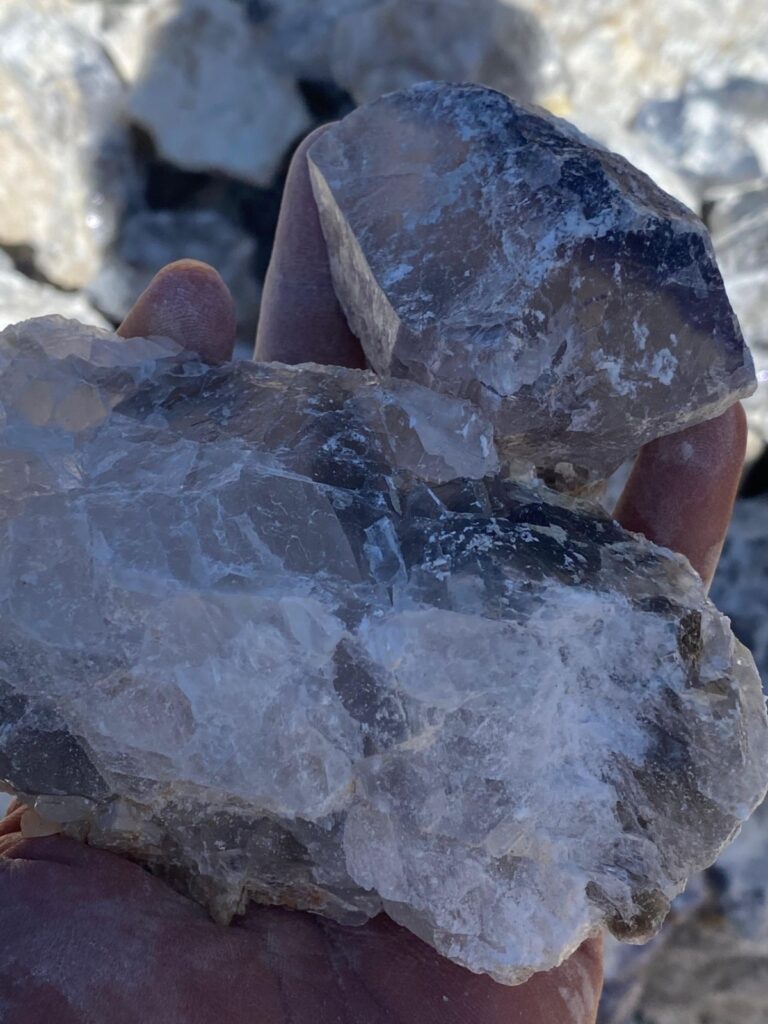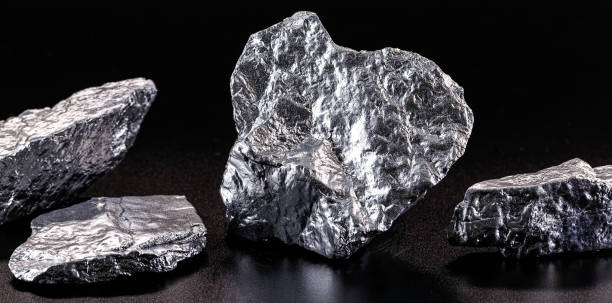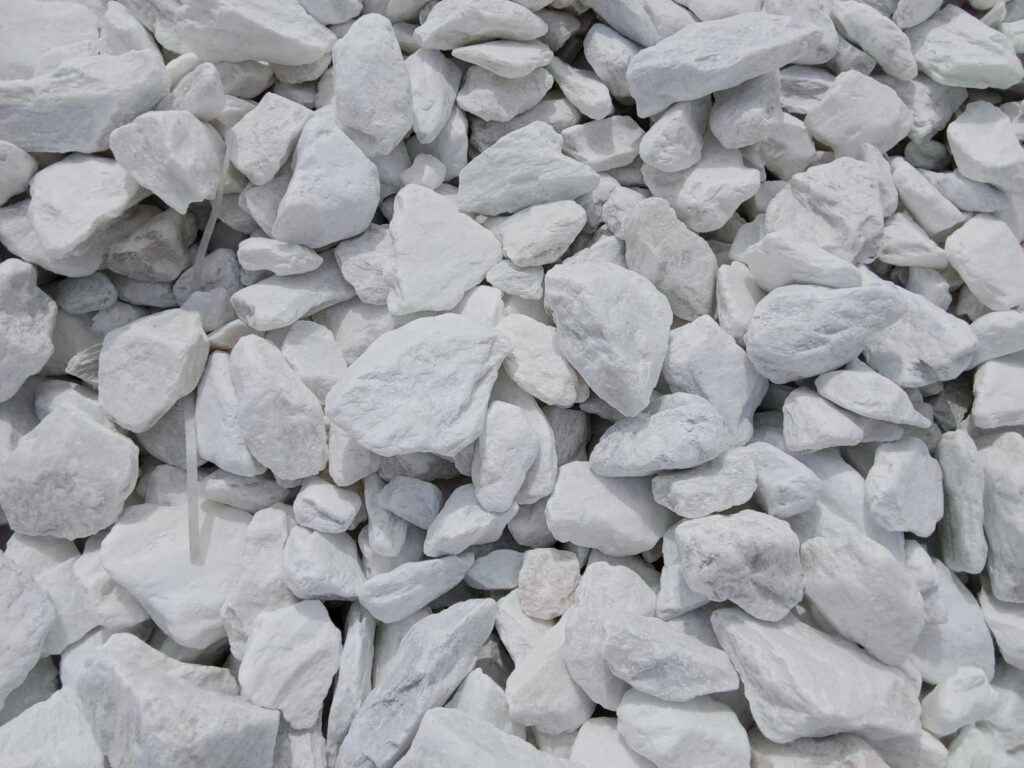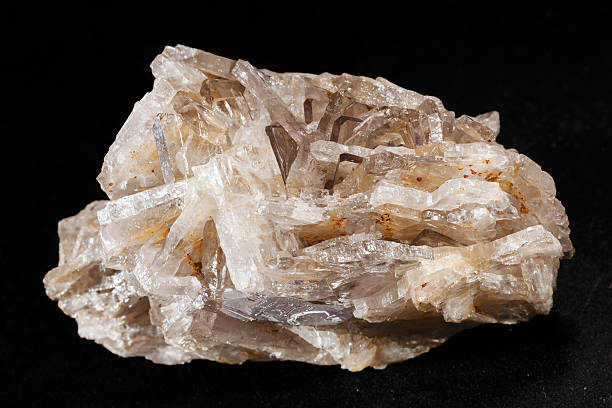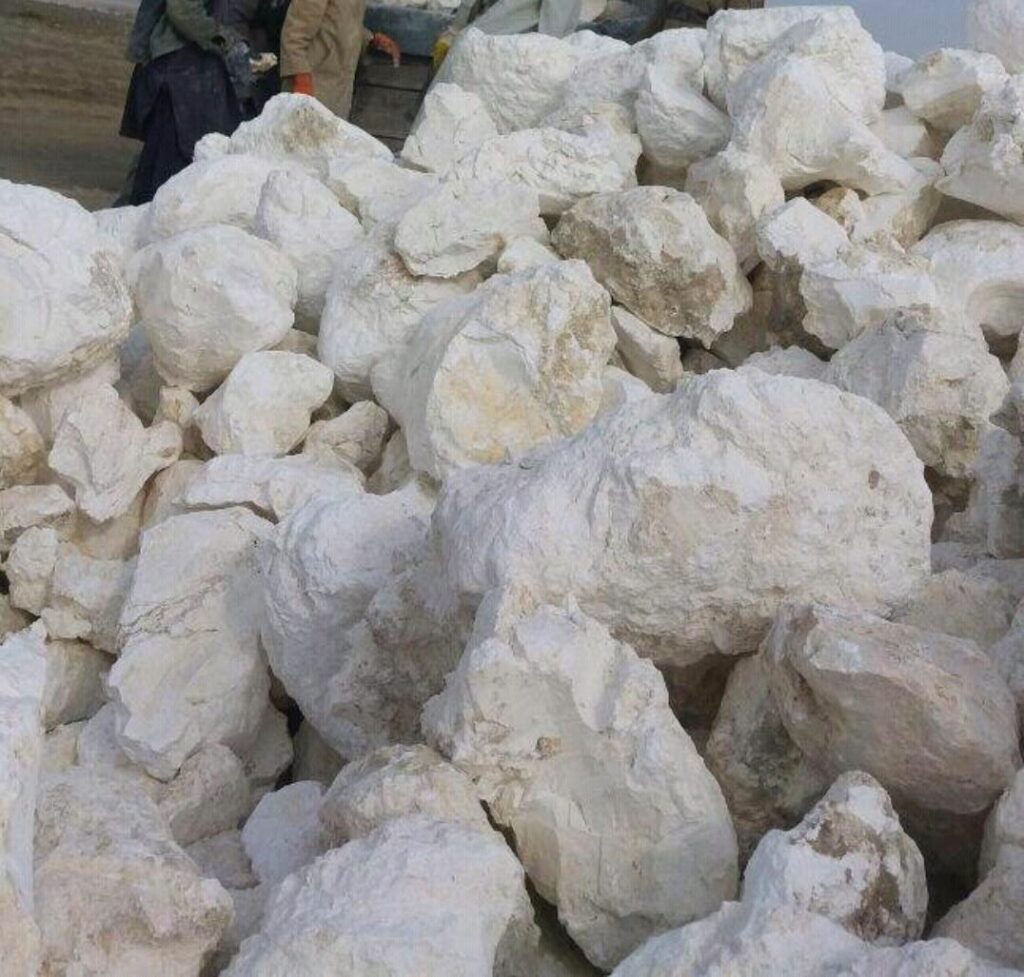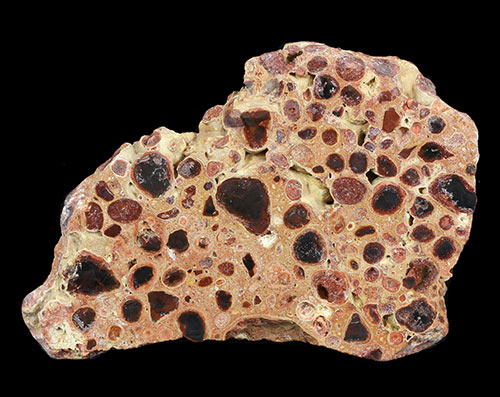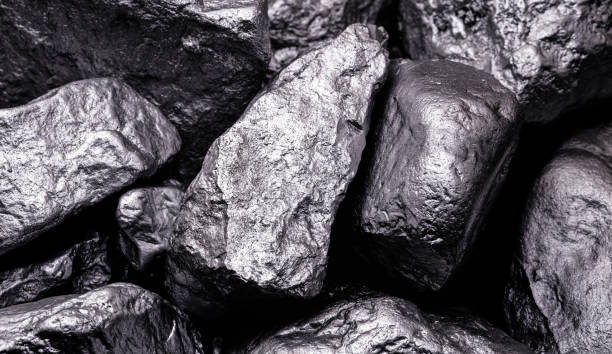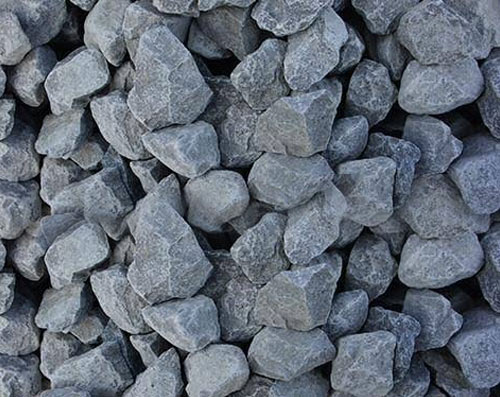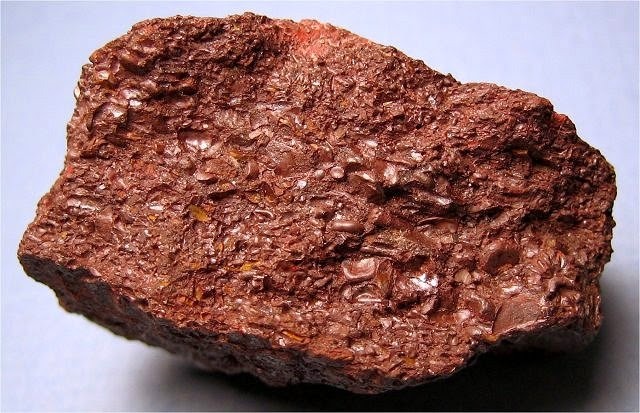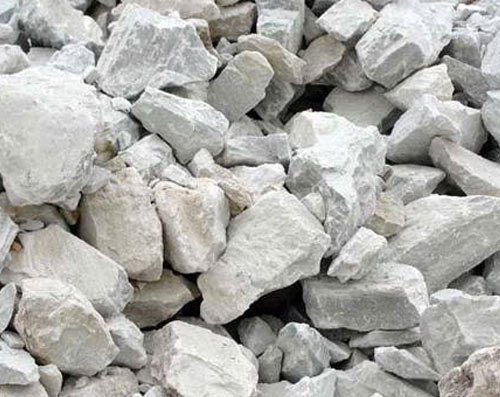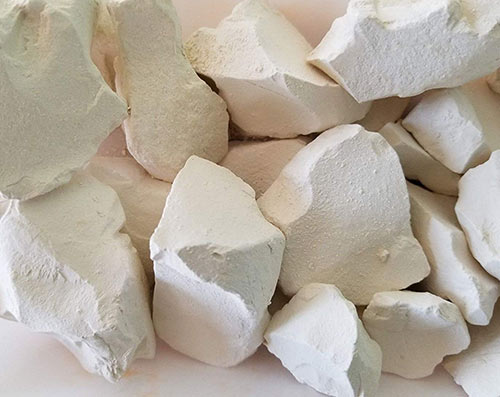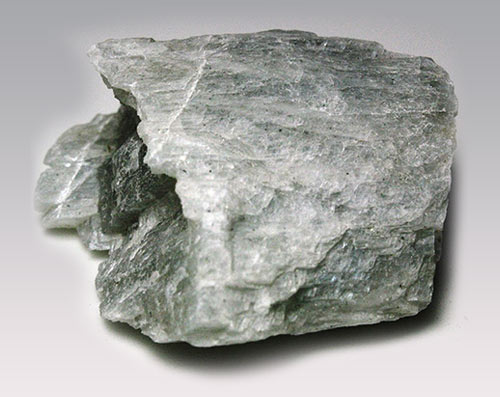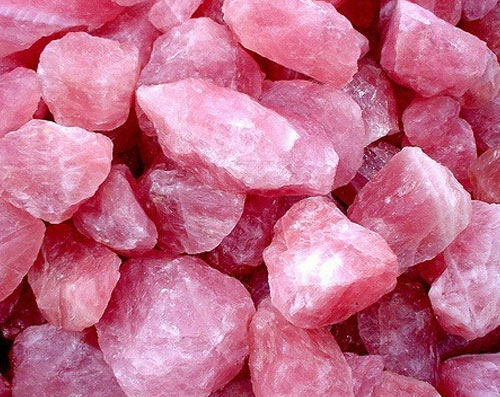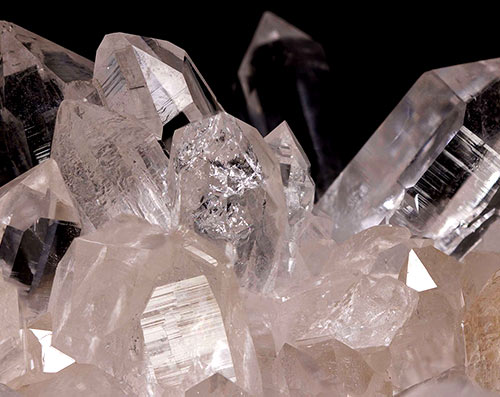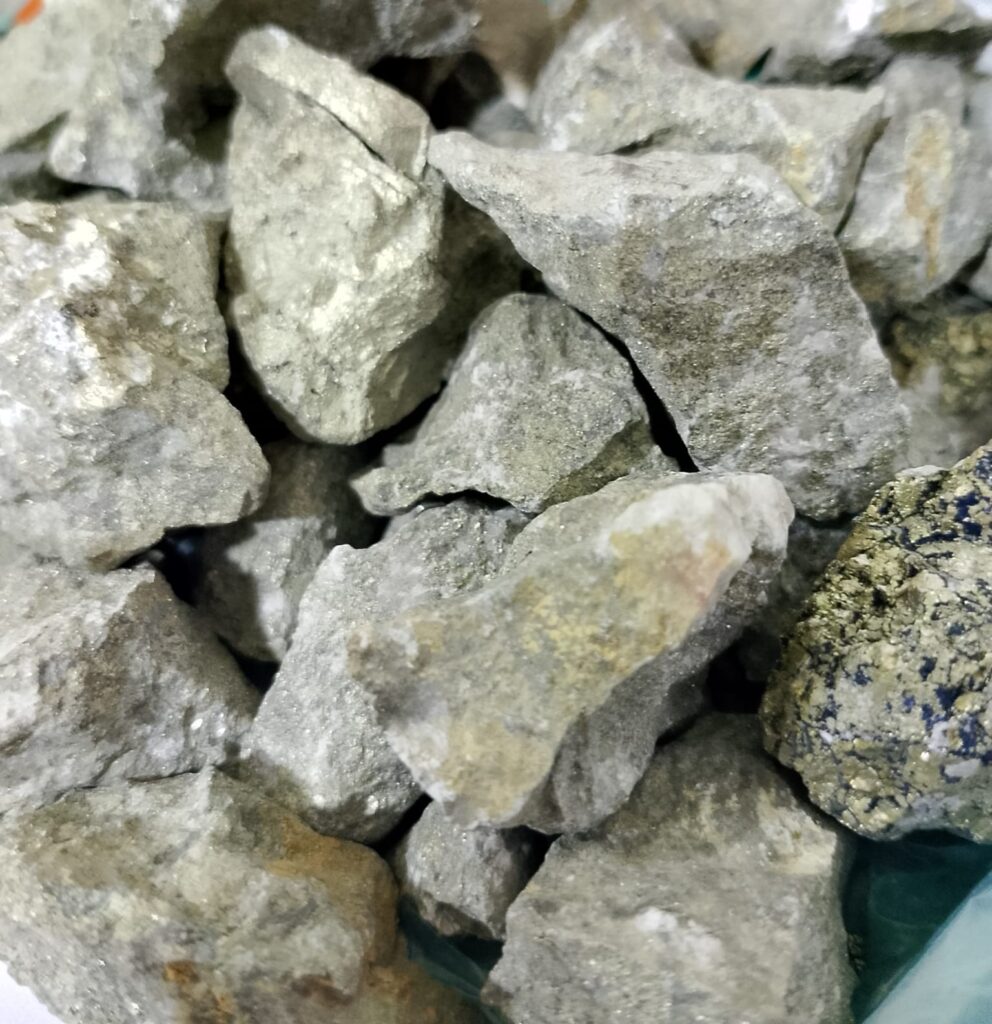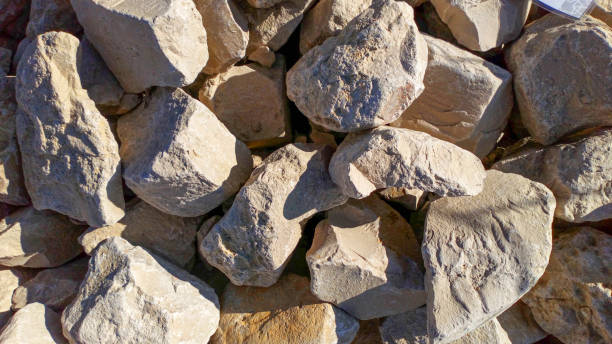OUR PRODUCTS
![]()
Fluorspar (CaF2)
Calcium fluoride (CaF2) is a mineral that serves as the main source of fluorine. It forms cubic, isometric crystals and cleavable masses, often colorless and transparent when pure, with a glassy luster. Impurities can cause variations in color, and some varieties exhibit fluorescence. It is commonly found in limestone and dolomites, either in pure veins or alongside lead, silver, or zinc ores.
Chromite
Chromite is an iron chromium oxide mineral with the chemical formula FeCr2O4, belonging to the spinel group of minerals. It can form a solid solution with magnesiochromite (MgCr2O4), where magnesium substitutes for iron in varying amounts. Chromite is an important source of chromium, used in various industrial applications.
Talc (Soapstone)
Talc is a hydrous magnesium silicate mineral with the chemical formula Mg3Si4O10(OH)2. While its composition generally follows this formula, slight variations due to substitution can occur. Talc primarily contains magnesium, silicon, and oxygen. It is widely used in powder form because it effectively absorbs moisture and reduces friction. This makes it ideal for keeping the skin dry and preventing rashes, especially in personal care products like baby powder and cosmetics.
Barite
Barite is a mineral composed of barium sulfate (BaSO4), named after the Greek word “baryte,” meaning “heavy,” due to its high specific gravity of 4.3, which is unusual for a non-metallic mineral. Typically white or colorless, barite is the main source of barium. It belongs to the baryte group, which includes Celestine, anglesite, and anhydrite. Its high specific gravity makes barite useful in various industrial, medical, and manufacturing applications, and it is the principal ore of barium.
Raw Magnesite
Cryptocrystalline magnesite (MgCO3) is a form of magnesite with extremely low levels of silica, iron, and heavy metals, typically white in color. RMA (Raw Magnesite Milled) is a milled magnesite product with 90% MgO content when ignited, primarily used in the production of ceramics, such as tiles.
Bauxite
Bauxite ore is the primary source of aluminum globally, formed from reddish laterite soil found mainly in tropical or subtropical regions. It consists primarily of aluminum oxide compounds (alumina), along with silica, iron oxides, and titanium dioxide. Bauxite is used in both the refractory industry and metallurgy, and it is available in various qualities and forms depending on the application.
Manganese
Manganese, symbolized by “Mn,” is a chemical element often found in nature combined with iron and present in many minerals. It is the fourth most widely used metal by tonnage, following iron, aluminum, and copper. Manganese is essential in various industrial applications, particularly in steel production.
Limestone
“Lime” refers to products like quicklime and hydrated lime, which are derived from calcined (burnt) limestone. Limestone is an abundant sedimentary rock composed mainly of calcium carbonate, magnesium carbonate, or dolomite, with small quantities of other minerals. It is extracted globally from quarries and underground mines. Lime is widely used in various industries, including construction, agriculture, and manufacturing.
Iron Ore
Iron ore is the primary source of iron for the global iron and steel industries, crucial for steel production and maintaining a robust industrial base. The methods of mining iron ore depend on the type of deposit. Currently, four main types of iron ore deposits are mined: magnetite, titanomagnetite, massive hematite, and pisolitic ironstone. Each type varies based on the mineralogy and geology of the deposit.
Gypsum
We supply and export high-quality gypsum rocks, which are chemically tested to ensure consistency and efficiency. Available in various sizes and in bulk, our gypsum rocks meet diverse customer needs. We also utilize a wide range of updated machinery and equipment to accommodate different requirements.
Kaolin
Kaolinite is a clay mineral with the chemical composition Al₂Si₂O₅(OH)₄. It belongs to the layered silicate group, featuring a structure where one tetrahedral sheet of silica is linked through oxygen atoms to one octahedral sheet of alumina octahedra. Kaolinite is typically white but can exhibit tints of red, blue, or brown due to impurities.
Feldspar
Feldspar is a group of minerals primarily composed of aluminum (Al) and silica (SiO4), including sodium (sodium oxide), potassium (potassium oxide), or lime (calcium oxide). Chemically, feldspars are aluminum silicates containing sodium, potassium, iron, calcium, or barium. They are categorized into three main types based on their chemical composition: Orthoclase (KAlSi3O8), Albite (NaAlSi3O8), and Anorthite (CaAl2Si2O8). Plagioclase feldspars fall between Albite and Anorthite, while alkali feldspars fall between Albite and Orthoclase, due to their content of alkali metals like sodium and potassium.
Pink Salt
Himalayan Pink Salt is a natural mineral renowned for its distinctive pink color and versatility. Sourced from ancient sea beds, it is valued for its purity and rich mineral content, including essential elements like calcium, magnesium, potassium, and iron. These minerals contribute to its unique coloration and health benefits, making it popular in various industries.
Quartz
Quartz is a chemical compound with the formula SiO2, consisting of one part silicon and two parts oxygen. It is the most abundant mineral on Earth’s surface and is highly valued for its unique properties, making it one of the most useful natural substances.
Lead-ore
Saudi-origin lead ore is a high-grade mineral with a lead content of up to 69%, primarily consisting of galena (PbS), which can contain up to 86.6% lead by weight. Other less common lead ores include cerussite (PbCO3) and anglesite (PbSO4). The high purity of Saudi lead ore makes it valuable for various industrial applications, benefiting from lead’s properties such as malleability, corrosion resistance, and ease of extraction. These traits have made lead a critical material for thousands of years.
Copper Ore
Copper ore is a major mineral extracted for industrial use globally, with two primary forms requiring different processing techniques to obtain pure copper metal. Pakistan, especially in regions like Balochistan, has significant reserves of copper ore, including one of the largest undeveloped copper deposits in the world.
Dolomite
Dolomite Dolomite upto 32% Cao and 24% MgO. Available in lumps and Powder Cryptocrystalline Dolomite [CaMg(CO₃)₂] Our Cryptocrystalline Dolomite stands out with its low silica and iron content, brilliant white color, and minimal heavy metal impurities, making it ideal for various high-end applications. With a pure composition, it plays a critical role in industrial processes …

